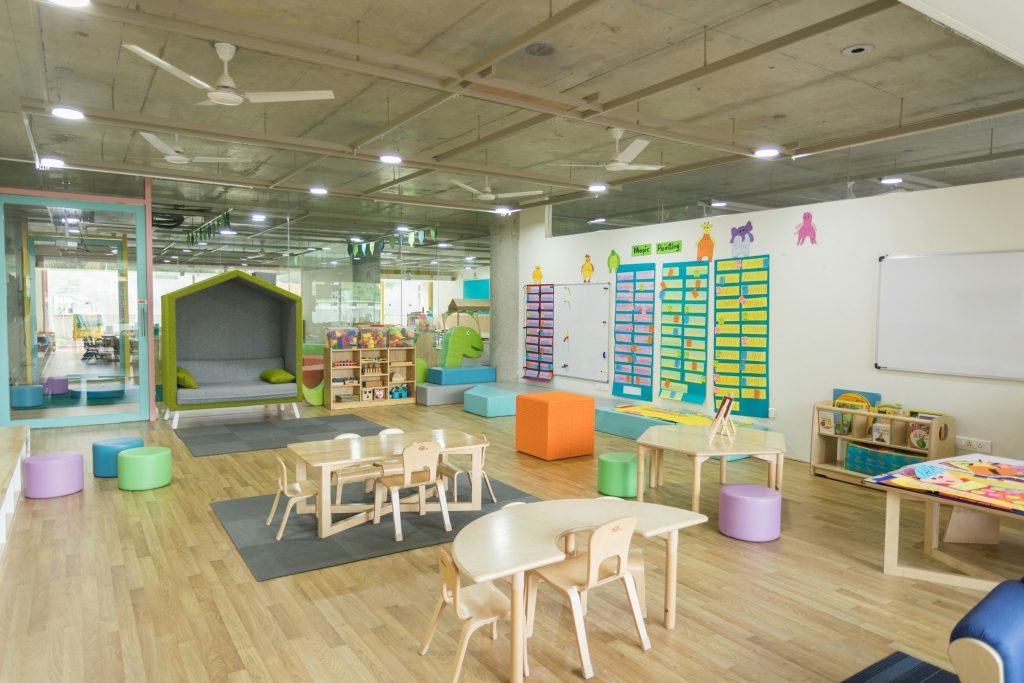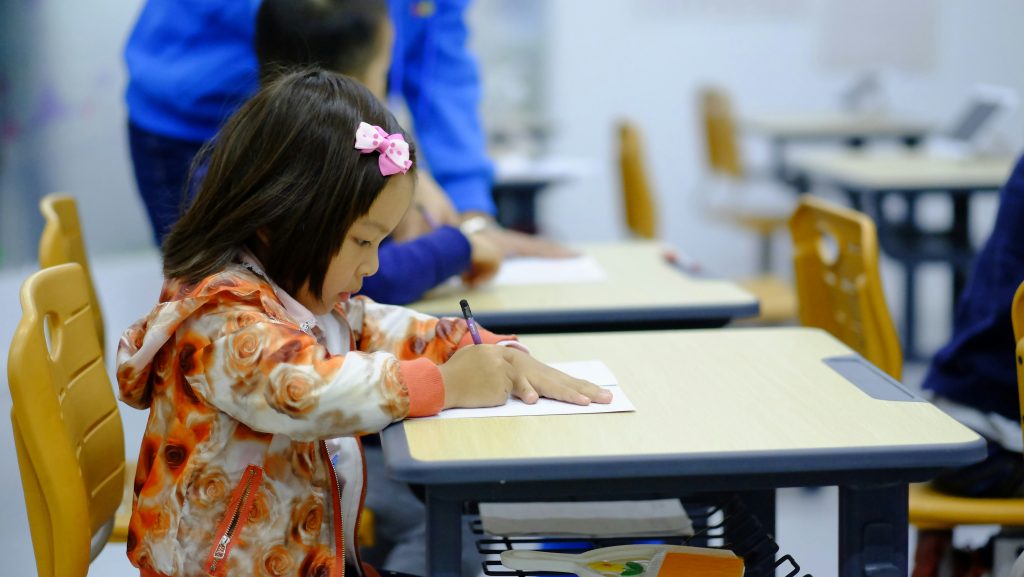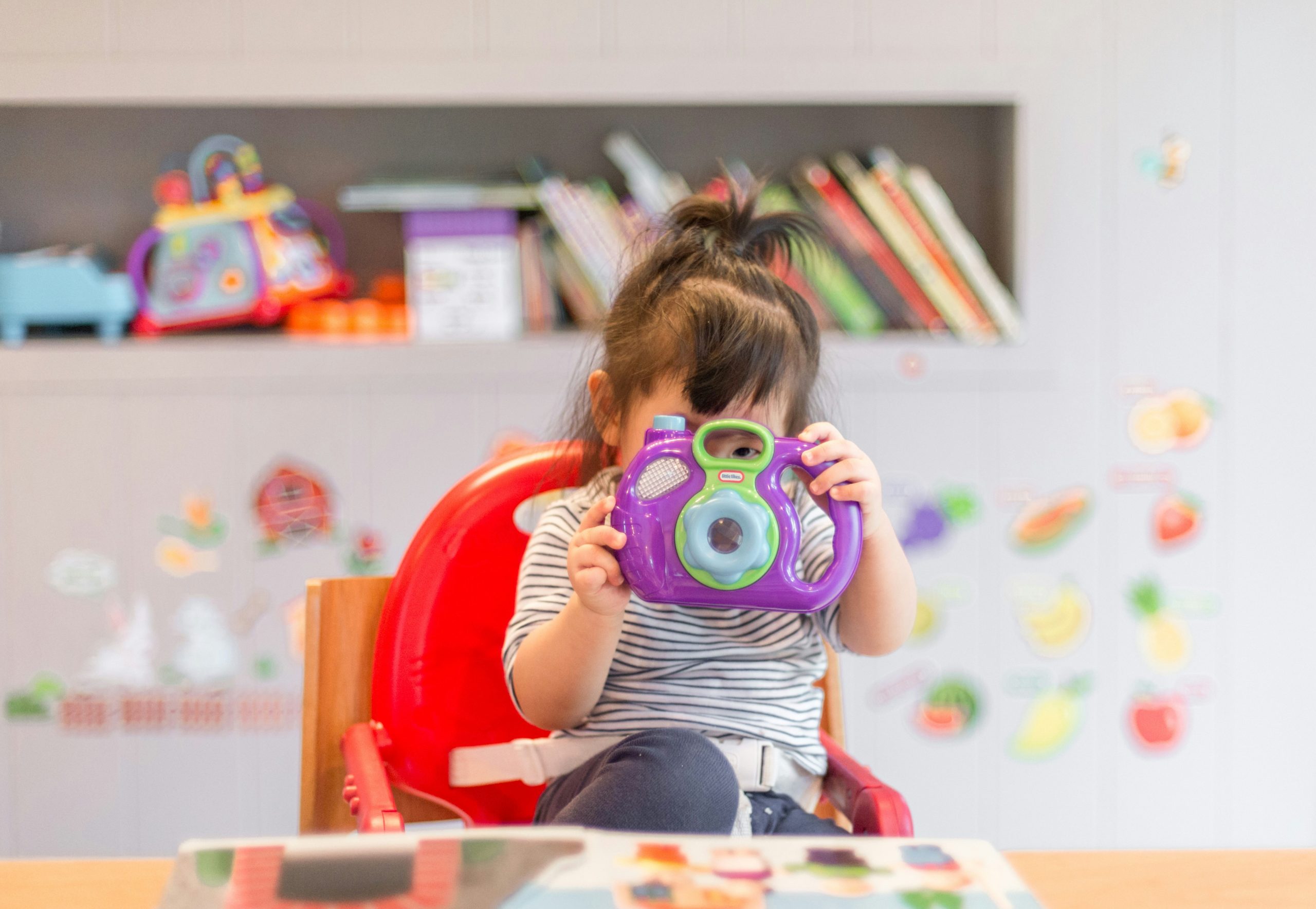What Is Montessori Education? What Are The Principles of the Montessori Method?
Principles of Montessori Education Method
“The greatest sign of success for a teacher… is to be able to say, ‘The children are now working as if I did not exist.'”
– Maria Montessori
Imagine a classroom where children aren’t confined to desks, where they’re free to explore their interests, and where the teacher is more of a guide than a lecturer. No, this isn’t some futuristic sci-fi school – it’s the Montessori method, and it’s been around for over a century! But how much do you know what Montessori education is about?
The Montessori approach, developed by Italian physician and educator Maria Montessori in the early 1900s, has gained popularity faster than a toddler can say “What?”. There are now over 15000 Montessori schools worldwide. That’s a lot of children learning to tie their shoes independently!
But what exactly is Montessori education, and why are parents and educators alike singing its praises? Let’s dive in and explore the principles that make this method unique.
1. Child-Centered Learning
At the heart of Montessori education is the belief that children are naturally eager to learn. Unlike traditional classrooms where the teacher is the center of attention, Montessori classrooms put the child in the driver’s seat. A study by the American Montessori Society found that 91% of Montessori students reported feeling in control of their learning, compared to only 61% of students in traditional schools.
2. Prepared Environment
Montessori classrooms are carefully designed to foster independence and exploration. You won’t find rows of desks here – instead, you’ll see child-sized furniture, accessible shelves, and a variety of hands-on materials. It’s like an educational buffet, where children can choose activities that pique their interest. And let’s face it, who doesn’t love a good buffet?

3. Mixed-Age Classrooms
Unlike traditional schools where you grow with kids your age, Montessori classrooms typically span a three-year age range. This setup allows younger children to learn from their older peers, while older children reinforce their knowledge by teaching younger ones. It’s like having a built-in mentorship program, minus the awkward coffee meetings.
Also read: This Is How Montessori Helps Your Child Grow
4. Hands-On Learning
Montessori believed that children learn best by doing, not just by listening. Research shows that hands-on learning can increase retention rates by up to 75%. That’s why Montessori classrooms are filled with manipulative materials designed to teach specific concepts. From sandpaper letters for learning the alphabet to bead chains for understanding mathematical concepts, these materials engage multiple senses and make abstract ideas concrete.
5. Individualized Instruction
One size doesn’t fit all when it comes to education, and Montessori recognizes this. Teachers observe each child’s interests and progress, tailoring lessons to their individual needs. It’s like having a personal trainer for your brain!
6. Freedom Within Limits
Contrary to popular belief, Montessori classrooms aren’t free-for-alls where kids run wild. Instead, they operate on the principle of “freedom within limits.” Children are free to choose their activities and work at their own pace but within a structured environment with clear expectations. It’s like giving them the keys to the car, but with a responsible adult in the passenger seat.

7. Intrinsic Motivation
Forget gold stars and report cards – Montessori education focuses on fostering intrinsic motivation. Children are encouraged to learn for the joy of discovery rather than for external rewards. A study published in the Journal of Research in Childhood Education found that Montessori students showed higher levels of intrinsic motivation compared to their peers in traditional schools.
8. Cosmic Education
No, this doesn’t involve teaching kids about aliens (although that would be cool). Cosmic education in Montessori refers to helping children understand their place in the universe and how all subjects are interconnected. It’s like giving them a bird’s-eye view of knowledge, minus the vertigo.
9. Peace Education
Last but not least, Montessori education emphasizes peace and social responsibility. Children learn conflict resolution skills, respect for others, and care for the environment. In a world that sometimes feels like a giant playground dispute, these skills are more valuable than ever.
So, there you have it – the principles of Montessori education (or should we say, in a carefully prepared, child-sized environment). With its focus on independence, hands-on learning, and individualized instruction, it’s no wonder that Montessori alumni include the likes of Google founders Larry Page and Sergey Brin, Amazon’s Jeff Bezos, and even Prince William and Prince Harry.
But perhaps the true measure of Montessori’s success isn’t in producing famous alumni, but in fostering a love of learning that lasts a lifetime. As Maria Montessori said, “The goal of early childhood education should be to activate the child’s natural desire to learn.” And if that desire leads to inventing the next Google or Amazon, well, that’s just icing on the educational cake!





